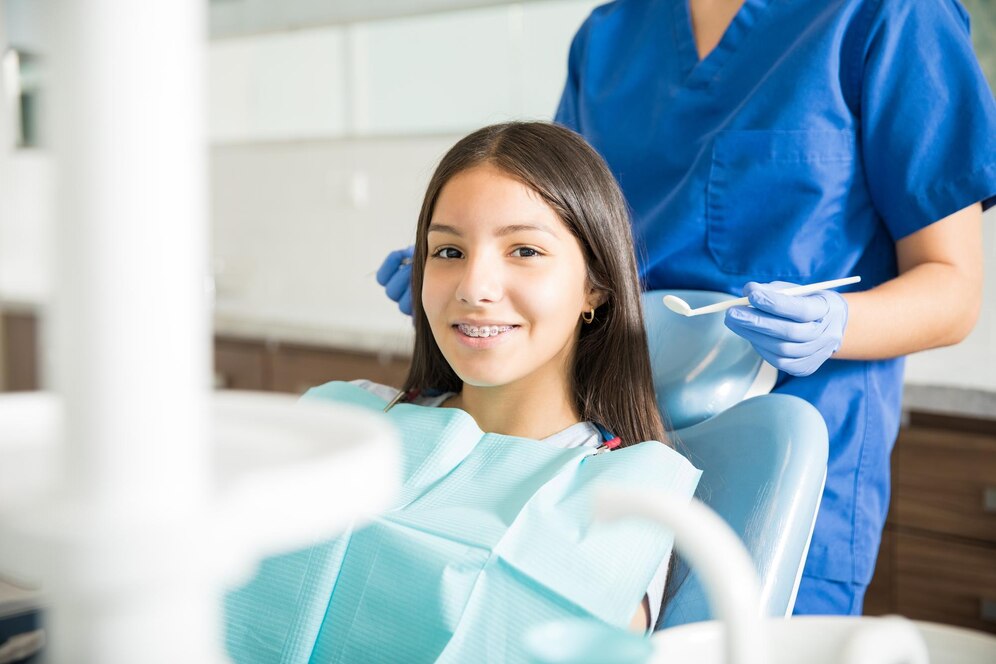Hair loss can be an emotionally challenging experience — whether it starts as subtle thinning or rapid shedding. For many, the solution begins with understanding the causes and exploring scientifically proven New Jersey hair loss treatment options.
From advanced therapies at a hair loss treatment center to innovative non-surgical hair loss treatment methods, there are solutions that fit different needs, budgets, and lifestyles. This guide walks you through the most effective, science-backed treatments and how to choose the right one for you.
1. Why Science Matters in Hair Loss Treatment
Hair loss myths are everywhere — from miracle shampoos to “overnight growth” serums. The truth is, effective hair loss treatment should be supported by clinical studies and medical evidence.
Key benefits of science-backed solutions:
• Proven safety and efficacy.
• Measurable results over time.
• Personalized plans created by trained professionals.
When you choose a reputable hair loss treatment center, you can trust that your care is guided by research, not guesswork.
2. Step One: Identifying the Cause
Before starting any treatment, your hair loss treatment center will likely run diagnostics such as:
• Scalp analysis to examine follicle health.
• Blood tests to check for hormone imbalances or nutrient deficiencies.
• Medical history review to identify genetic or environmental factors.
Pinpointing the cause ensures your treatment plan addresses the root of the problem, not just the symptoms.
3. Non-Surgical Hair Loss Treatment Options That Work
While surgical transplants have their place, many people find success with non-surgical hair loss treatment. Here are some of the most effective options available today:
A. Platelet Rich Plasma (PRP) Therapy
• Uses your body’s own platelets to stimulate dormant follicles.
• Typically involves 3–4 sessions spaced a month apart.
• Studies show improved hair density and thickness.
B. Low-Level Laser Therapy (LLLT)
• Uses red light wavelengths to energize cells and boost hair growth.
• Available both in-clinic and in at-home devices.
• Works best when used consistently over several months.
C. FDA-Approved Medications
• Minoxidil: A topical solution that increases scalp blood flow.
• Finasteride: An oral medication that blocks the hormone DHT, which contributes to hair loss (primarily for men).
D. Microneedling for Hair Regrowth
• Tiny needles stimulate scalp healing and improve absorption of topical treatments.
• Can be combined with PRP or minoxidil for enhanced results.
4. The Role of Nutrition and Lifestyle
While advanced therapies are important, supporting your body from the inside is equally critical. Many hair loss treatment center specialists recommend:
• Balanced diet: Rich in lean proteins, omega-3 fatty acids, and vitamins A, D, and E.
• Stress management: Chronic stress can trigger or worsen shedding.
• Scalp care: Keeping your scalp clean and hydrated improves treatment effectiveness.
5. When to Visit a Hair Loss Treatment Center
You don’t have to wait until your hair loss becomes severe. Early intervention at a hair loss treatment center can make a significant difference.
Signs it’s time to book an appointment:
• Sudden shedding or bald patches.
• Receding hairline that’s progressing.
• Thinning hair that’s making styling difficult.
• Family history of hair loss.
6. Combining Treatments for Better Results
Often, the most successful approach isn’t one single method — it’s a tailored combination plan. For example:
• PRP + Minoxidil for stimulation and maintenance.
• LLLT + Nutritional Support to encourage regrowth while preventing further loss.
• Microneedling + Topical Medication for deeper absorption and better follicle activation.
Your hair loss treatment center can design a protocol based on your unique hair health profile.
7. Avoiding Common Mistakes in Hair Loss Treatment
Even the best treatments can fail if not approached correctly. Avoid these pitfalls:
• Stopping too soon: Hair regrowth is gradual — expect 3–6 months before seeing results.
• Self-diagnosing: You might be treating the wrong cause without professional guidance.
• Ignoring maintenance: Many non-surgical hair loss treatment options require ongoing use to sustain results.
8. What to Ask Your Hair Loss Doctor
Before committing to a treatment plan, get clarity on:
• How long before I see results?
• What are the possible side effects?
• Is this a permanent or ongoing treatment?
• Are there before-and-after examples from other patients?
The best hair loss treatment center will welcome your questions and offer transparent, realistic answers.
Conclusion
Hair loss can feel overwhelming, but with modern, science-backed solutions, you have more options than ever before. Whether you’re considering non-surgical hair loss treatment New Jersey like PRP and LLLT or integrating medications and lifestyle adjustments, the right approach can deliver noticeable, lasting results.
Visiting a professional hair loss treatment center ensures you get expert diagnosis, access to proven therapies, and a customized plan designed to fit your needs. The earlier you take action, the better your chances of preserving and restoring your hair.
Your hair health is an investment — and by choosing treatments backed by science, you’re giving yourself the best chance to see meaningful improvement and regain your confidence.



